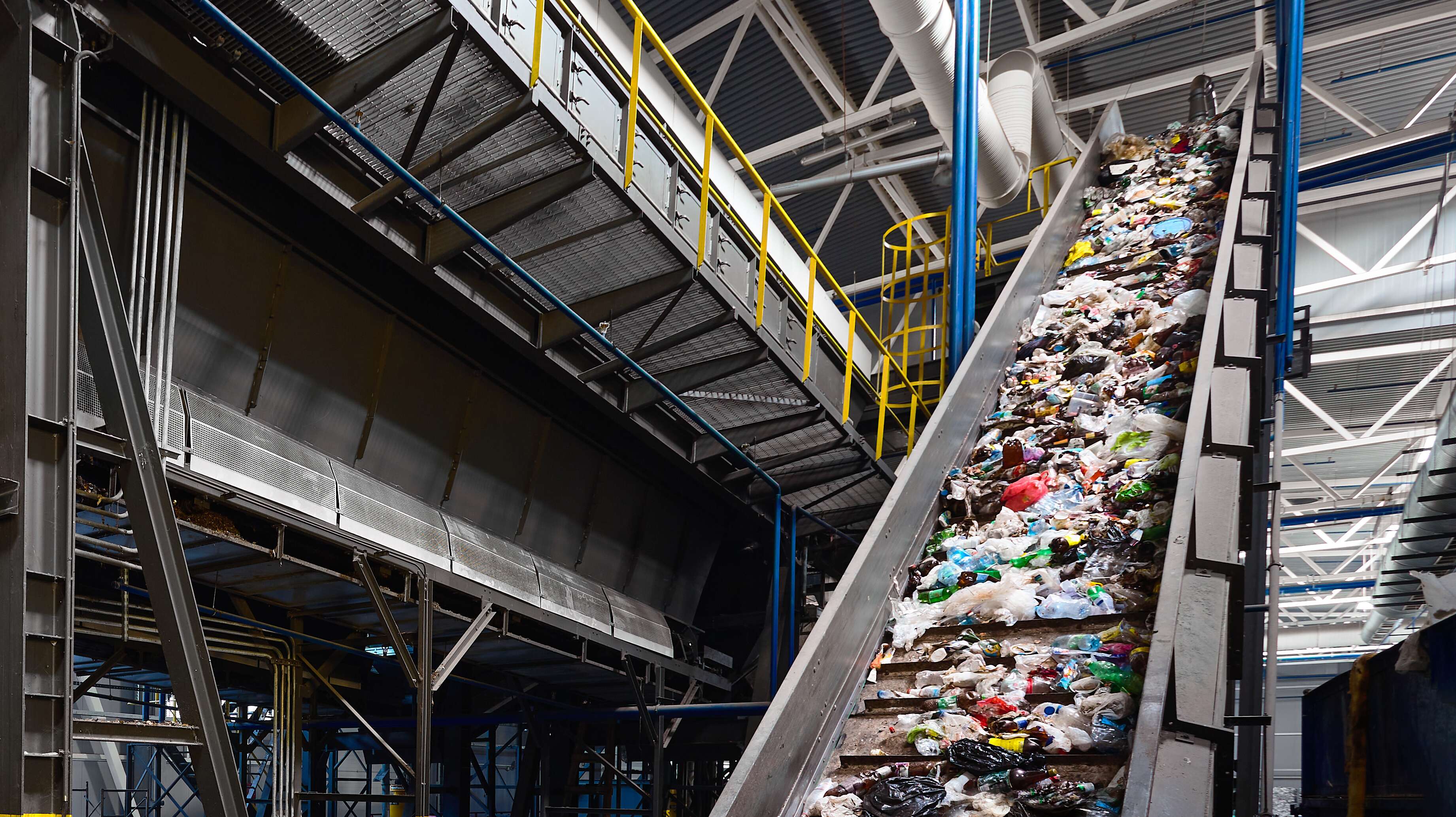In the early 2000s, Peugeot, Citroën, and Toyota all sought to enter the small city car market. Rather than going it alone, they shared the design and development of three versions of small hatchbacks. Produced in a shared factory and differentiated through cosmetics, marketing, and service, their collaboration reduced upfront costs and risk while preserving competition across the market.
This kind of strategic partnership is nothing new. In the linear economy, businesses have long collaborated to overcome high upfront costs, inadequate infrastructure, and shifting customer expectations. Yet in the circular economy transition, many companies still act alone, making isolated and incremental improvements that risk diminishing returns.
But it is precisely the business-led form of collaboration that offers a path to the circular economy. While internal capabilities matter, this shift towards coordinated action allows companies to reduce risk, cut costs, and shape the market conditions circular solutions need to succeed.
This is referred to as pre-competitive collaboration – where businesses work together on issues that are not tied to their competitive advantage. But to unlock real impact, businesses must move from broad intent to clear, actionable goals that make circular solutions commercially viable.
Three ways businesses can collaborate:
Joint learning and direction setting – This involves businesses sharing knowledge, setting standards, and aligning on industry goals, which helps identify common challenges and speed up each company’s solution development while building trust, mutual understanding, and a more substantial base for collective advocacy and commercial collaboration.
Collective advocacy – Once aligned, businesses can work together to influence the policies and regulations that enable their ambitions. A collective voice of businesses carries more weight with policymakers, who need clear evidence of positive business intent to create supportive policies.
Commercial collaboration – Ultimately, businesses can go further. By joining resources, companies can invest in solutions, launch joint ventures, share infrastructure, or co-develop products and services that create new circular value.

Commercial collaboration can unlock circular solutions at scale: four strategic pathways
This collection of case studies focuses on the third and most ambitious form of collaboration: commercial collaboration between competitors, often called ‘co-opetition’. Many competitors transitioning towards the circular economy face similar barriers or depend on the same infrastructure. And while partnering to tackle them may seem counterintuitive, commercial collaboration offers greater, more feasible opportunities for investment and scale.
The following pathways provide replicable examples of commercial collaboration between competitors for a circular economy.
Accelerating Innovation
By collaborating on innovation, competitors can pool data, share IP, and create interoperable systems that reduce development costs and accelerate go-to-market timelines.
The HolyGrail Initiative is bringing together more than 150 companies to develop digital watermarking technology for more accurate packaging recycling.
Creating New Markets
Businesses can aggregate demand and make advanced market commitments to drive long-term investment and lower the cost of entry.
ZEMBA (Zero Emission Maritime Buyers Alliance) is pooling the purchasing power of cargo owners to secure zero-emission shipping services, providing the demand signal needed to unlock investment in clean maritime fuel.
Building Key Infrastructure
Companies can collaborate to develop assets, critical infrastructure, and logistics, addressing shared bottlenecks and de-risking large capital expenditures.
Palpa manages a centralised, efficient deposit-return system for beverages, making circular packaging a practical reality for producers, retailers, and consumers.
Driving Customer Adoption
Joint marketing efforts can change the behaviours needed for the circular economy while expanding an organisation's customer base.
The Bring Your Own Bag campaign united over 160 retailers to shift customer behavior away from single-use bags, resulting in a nearly 5% drop in disposable bag use and highlighting the power of collective action to drive sustainable habits.
What sparks collaboration between competitors?
Commercial collaboration is driven by mutual opportunity, yet often difficult to initiate. While some collaborations emerge organically through shared opportunity, most need to be intentionally initiated. A clear instigator or convener is often essential: this could be a forward-thinking business or a neutral third party such as a coalition builder, trade association, or nonprofit. These actors can be crucial to framing the shared challenge, bringing the right partners to the table, and maintaining momentum.
Policy can also play an enabling role. Mechanisms such as Extended Producer Responsibility (EPR), targeted levies, or fiscal incentives can encourage companies to pool resources into necessary innovation, logistics, and infrastructure, creating the conditions for commercial collaboration, especially in highly competitive or fragmented sectors.
What makes commercial collaboration successful?
Shared vision
A shared vision acts as a cornerstone that aligns participants, provides clarity, and builds momentum. Starting with a few like-minded companies lays the groundwork for broader collaboration. For many companies, this vision needs to align with their own organisational goals.
Trust and mutual benefit
Trust is equally essential. It often begins with informal conversation or pre-competitive engagement, and evolves through commitment and mutual benefit. Each participant needs a clear case for why they’re investing time, capital, or IP. Maintaining this requires transparent resource allocation, fair representation, and performance monitoring to ensure all partners are contributing and benefiting equitably.
Strong governance and legal compliance
Successful collaboration requires clear decision-making structures, defined roles, and conflict-resolution mechanisms, alongside robust information-sharing protocols and clear exit processes for partners. Given the competitive context, legal counsel should be engaged early to ensure compliance with competition law. Frameworks such as the UK Competition and Markets Authority (CMA) and EU Commission Horizontal Cooperation Guidelines encourage sustainability-driven partnerships between competitors, provided they’re transparent, inclusive, serve the public interest, and offer open-door policies for guidance. Neutral third-party conveners or legally distinct joint ventures can provide the independent structure and compliance pathways needed to maintain balance, trust, and accountability.
Joining forces to catalyse the circular economy
Commercial collaboration is shifting the spotlight from isolated business impact to market-wide transformation. Whether driven by policy, market demands, or mutual opportunities, these collaborations allow businesses to avoid fragmented approaches and pool resources, reducing cost and risk, signalling commitment, and attracting investment from public, private, and philanthropic financiers.
Collaboration does not require sacrificing competitiveness. With the right governance and ambition, commercial collaboration can expedite the systemic change needed for a circular economy while creating new forms of value. The case studies in this collection offer practical proof of this across industries and regions. Together, they demonstrate how competitors can come together to solve shared problems and unlock circular solutions that are commercially viable at scale. As more sectors embrace this approach, what was once considered insurmountable may soon become business as usual.










